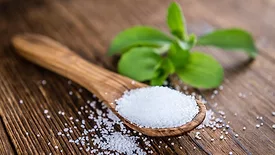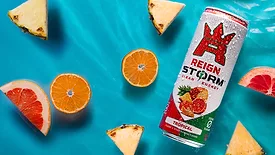Home » Keywords: » sweeteners
Items Tagged with 'sweeteners'
ARTICLES
Health consciousness, low-calorie trends influence sweetener choices
Read More
Sweeteners help consumers balance taste, sugar reduction
Beverages using hybrid sweeteners continue to thrive
August 28, 2025
Natural sweetener systems crucial to beverage formulations
Sweetener blends necessary for higher levels of sugar reduction
February 19, 2025
Natural sweetener solutions coincide with demand for clean label
Advanced technologies allow manufacturing scalability to drive down cost
February 18, 2025
Sweetener solutions satisfy consumer tastes
Beverage-makers diversify sweetener usage with zero-sugar solutions
September 5, 2024
Beverage-makers turn to natural sweeteners as consumers aim to lower sugar intake
Brands must deliver on taste, health expectations
February 26, 2024
R&D Feature
Consumers prefer natural, clean label beverage sweeteners
Producers shifting toward naturalness to meet consumer demands
August 22, 2023
WHO, FAO affirm safety of aspartame in foods, beverages
American Beverage issues statement asserting confidence in finding
July 14, 2023
R&D Feature
Sweetener content, source plays key role in consumers’ food, beverage choices
Suppliers delivering on clean label, sugar reduction sweetener needs
August 25, 2022
Elevate your expertise in the beverage marketplace with unparalleled insights and connections.
Join thousands of beverage professionals today. Shouldn’t you know what they know?
JOIN NOW!Copyright ©2025. All Rights Reserved BNP Media.
Design, CMS, Hosting & Web Development :: ePublishing










